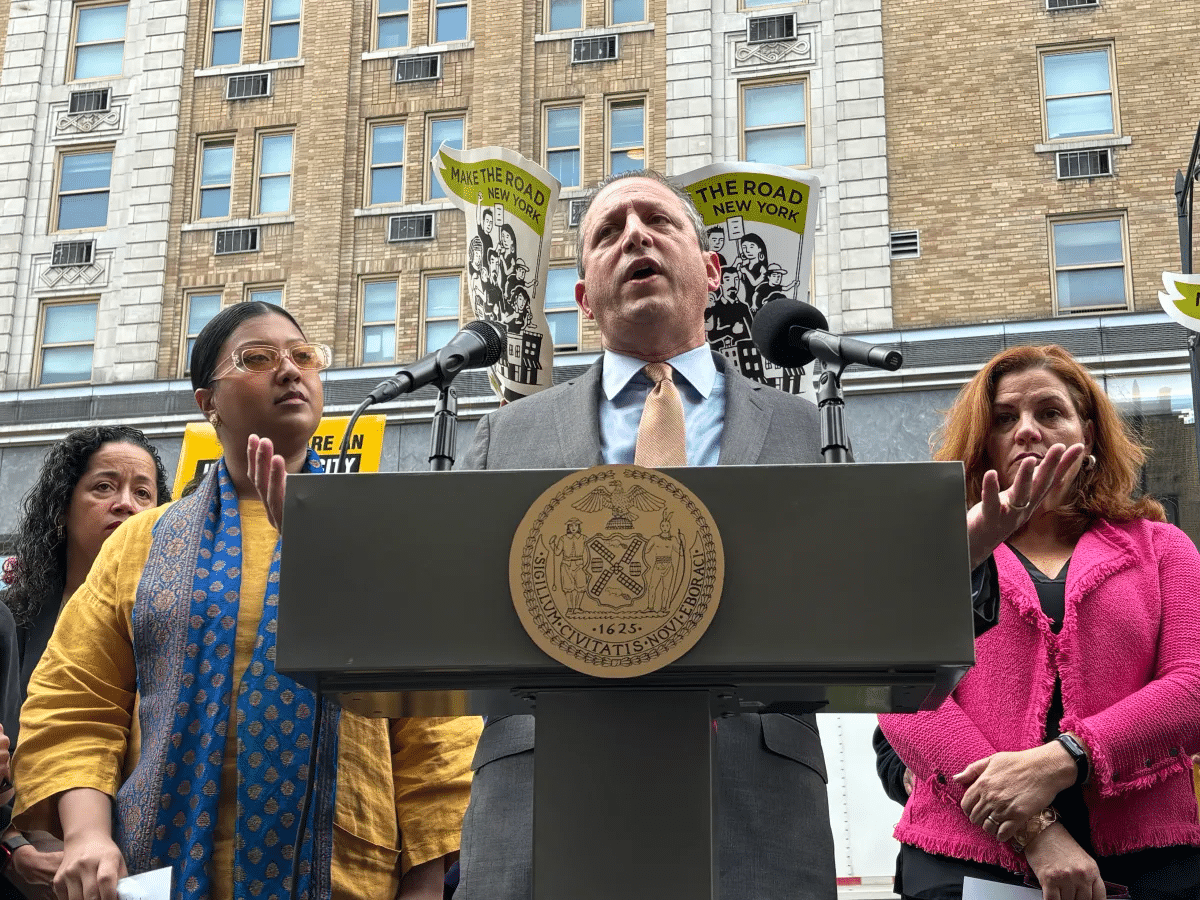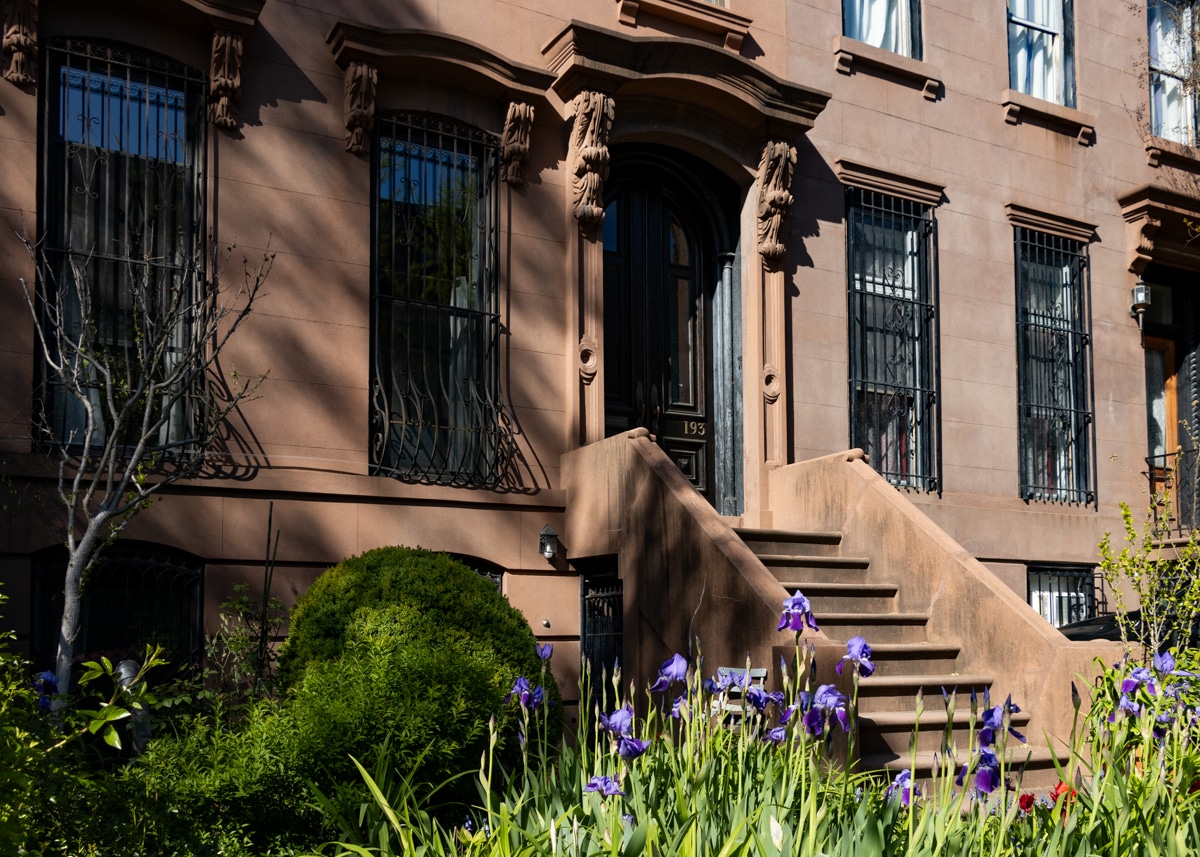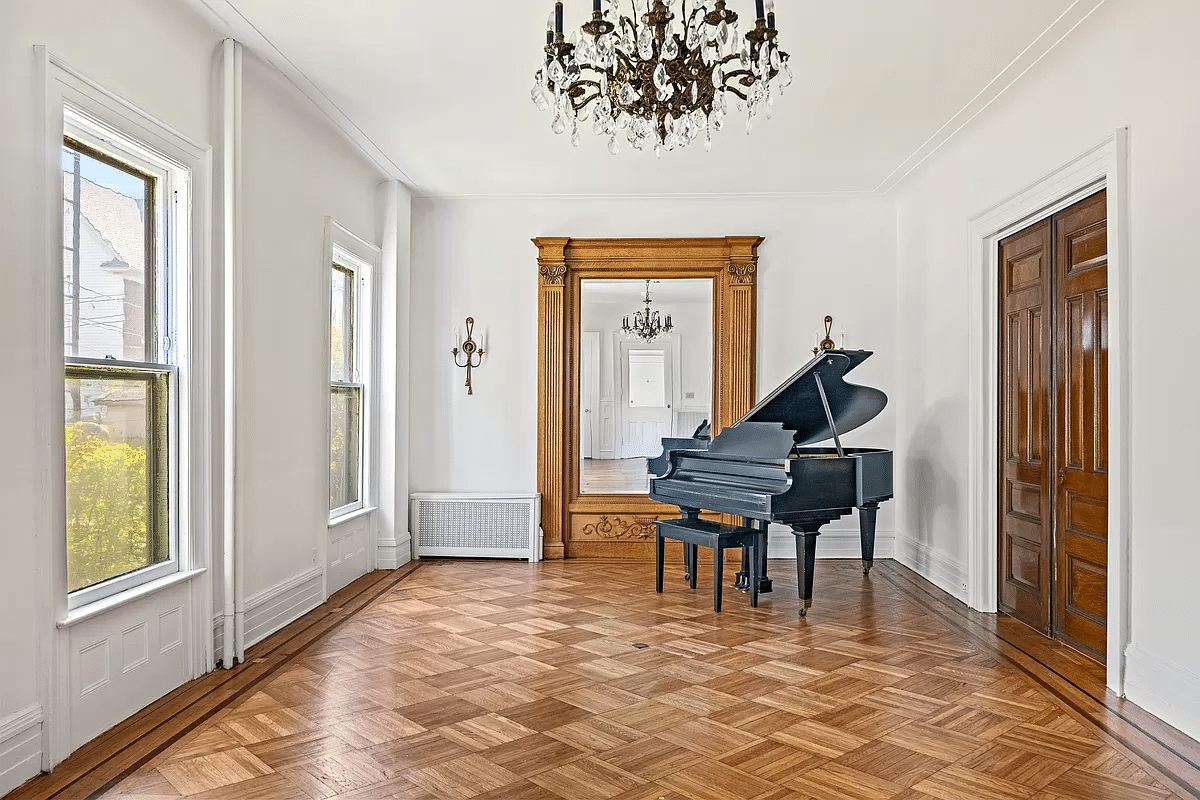The New York Times Turns Toward Bayside
The New York Times’ most recent “Living In” column takes a look at the upper-middle class neighborhood of Bayside. As the Times says, it’s “an archetype of suburbia, but within the boundaries of New York City.” English land grantees settled the area back in the 1600s and by the mid-1900s this was a neighborhood filled…

The New York Times’ most recent “Living In” column takes a look at the upper-middle class neighborhood of Bayside. As the Times says, it’s “an archetype of suburbia, but within the boundaries of New York City.” English land grantees settled the area back in the 1600s and by the mid-1900s this was a neighborhood filled with well-to-do Irish-, Italian- and German-American families. The neighborhood has remained prosperous — and the current real estate market reflects that; detached three-bedroom homes are priced up from around $600,000, with few affordable housing options. Currently, there are around 95 single- and multifamily homes on the market, along with 335 condos and co-ops. One-bedroom condos start in the high $300,000s, a one-bedroom co-op starts at $225,000. Bayside is comprised of smaller neighborhood enclaves, each built up in a different era. Bayside residents pushed for a rezoning in the early 2000s to protect the neighborhood from too much sprawl. This “suburbia in the city” feel, along with a quick commute to Manhattan on the LIRR, excellent school districts, and great public spaces (like Fort Totten Park, pictured above) make this neighborhood a desirable place to settle. As a local broker tells the Times, “If an owner is truly looking to sell, and the house is priced within the correct range, it will go almost overnight. If it’s priced right on the money, you’re going to get close to if not above asking price.”
Bayside: A City Suburb With Enclaves [NY Times]
Photo by flickr4jazz





I agree that Bayside is a lovely area of Queens. Although I currently reside in Forest Hills, I’d gladly move to Bayside if I were able to find a home there in my price range. A major difference between FH and Bayside is that Bayside is basically a no subway zone, while FH has both express and local subway stops. If you’re more of a driver than a commuter, Bayside is great, vice-versa for commuters and FH.